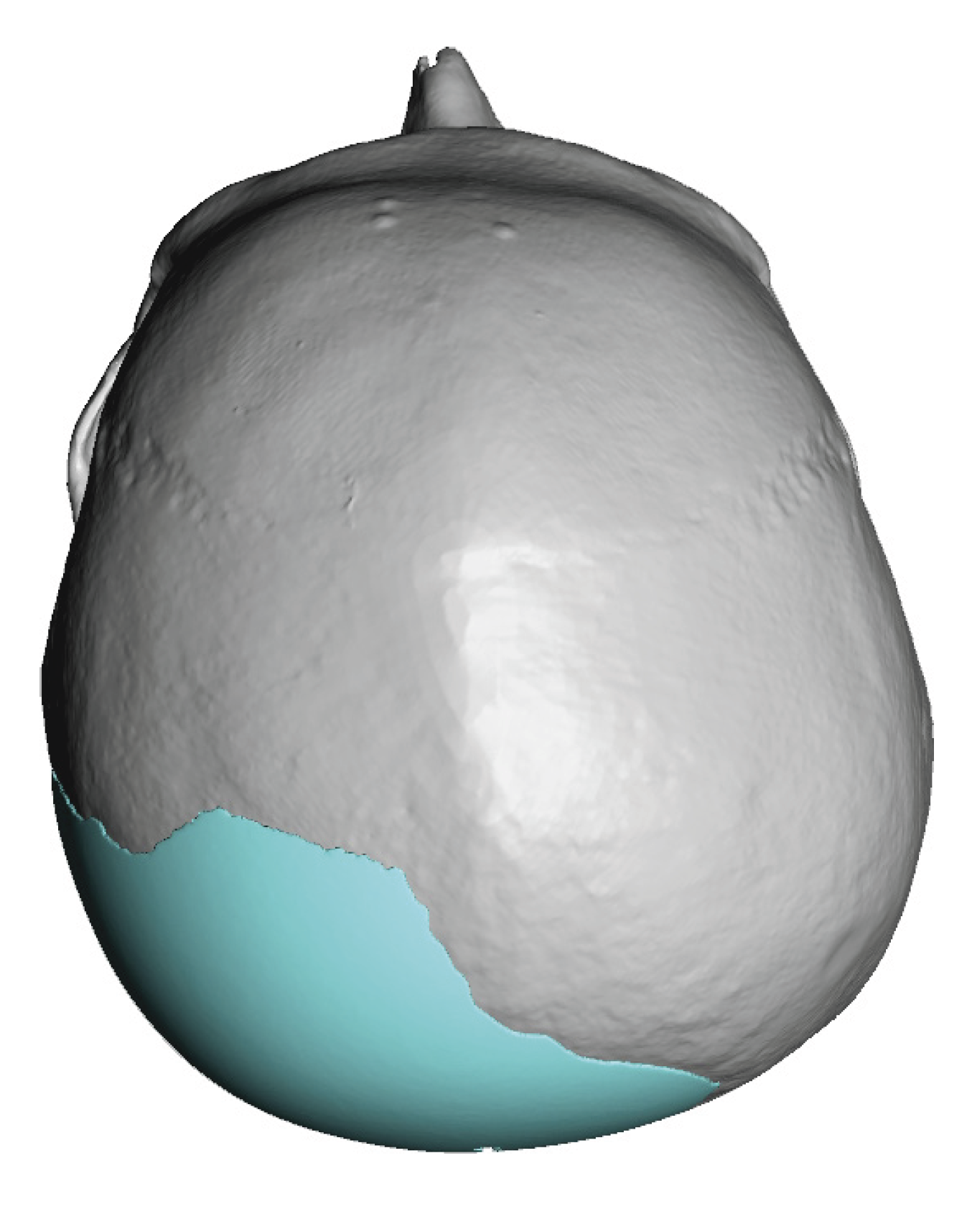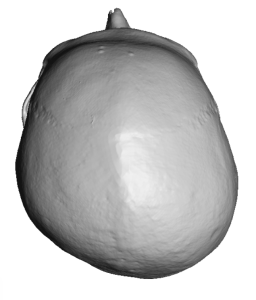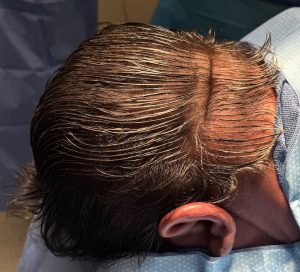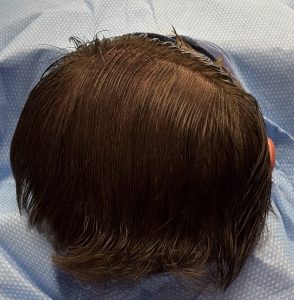Case Study: Plagiocephaly is one of the most recognized abnormality of the skull in adults and one of the more common seen. While it often has a more complete craniofacial effect its most significant deformation affects the back of the head. The severity of the flatness that occurs on the back of the head is affected by numerous factors most significantly the duration that the external deformational effect has been present. (in utero for post-natal)
But the flatness on the one side of the back of the head often affects him more then just the skull bone alone. Other structures can be affected including the ear and the muscles in the neck as part of the asymmetry. In more severe cases these adjoining structures to the bone can be more severely affected and become more easily seen. This is particularly relevant in the shaved or badl headed male where all skull areas and their neighboring areas are clearly seen. These adjoining structural asymmetries can be less relevant in the male or female with hair.
The neck is the one area in plagiocephaly that is affected in everyone to varying degrees and is an area that patients need to be aware of preooperatively as it lies outside the area of bone augmentation done in the correction. Because of the often underappreciated high level of the end of the occipital bone the adjoining neck depression/asymmetry may be believed to be corrected in the surgery but will not. I have certainly extended custom skull implants to cross over the bone onto the neck muscles to lower the extent of the correction. But this can frequently be problematic as the flexion and extension of the neck may cause the lower end of the skull implant to flex or band causing some discomfort. Thus this is a design maneuver that I almost always avoid.
In that regard the following case, in a male with hair, shows in a significant neck indentation/asymmetry that remained after the placement of a custom skull implant for plagiocephaly. The extent of the neck asymmetry was so bothersome to me that I felt I had to do something with it.
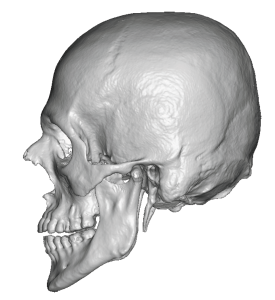
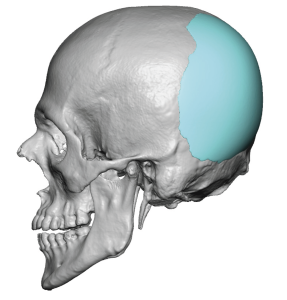
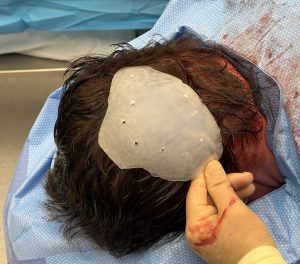

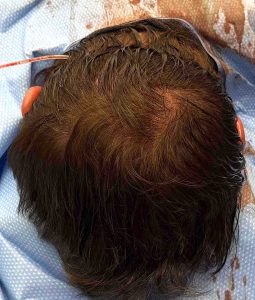
The effects of plagiocephaly on thye back of the head weas magnified by the thick neck below the inferior end of the visible occipital bone. Since any form of a skull implant must stay on the bone an intraoperative decision was made to try and extend its effect by adding more implant material to it.
Key Points:
1) Plagiocephaly in the heavy thick necked patient poses challenges for skull shape correction.
2) The flat back of the head in the thick necked patient extends beyond the bottom edge of the skull into the soft tissues of the neck.
3) To help extend the augmentative effect of an implant into the neck layered mess better than extending the skull implant design.
Dr. Barry Eppley
World-Renowned Plastic Surgeon

